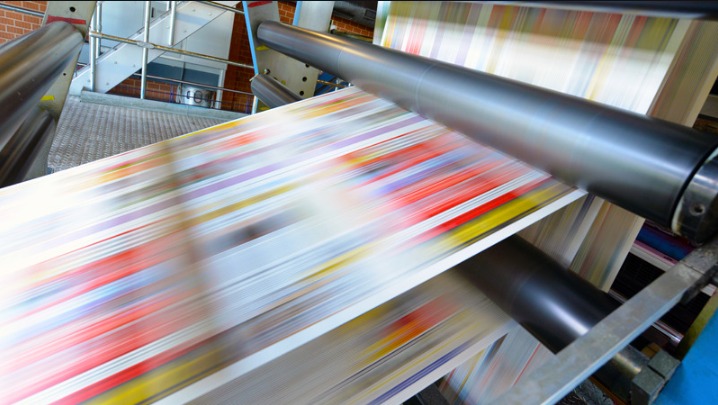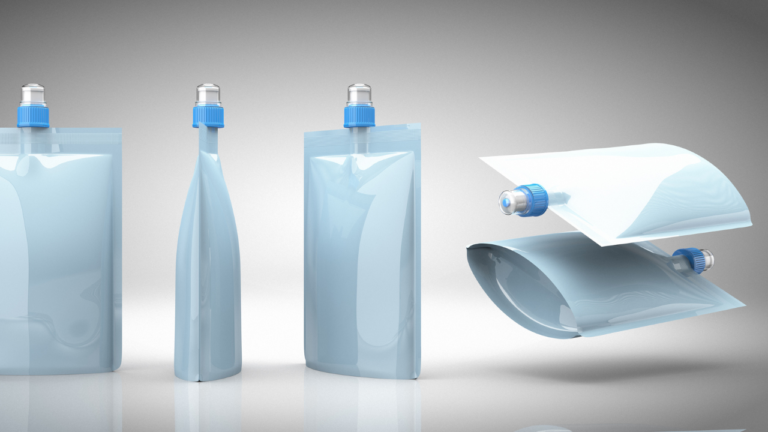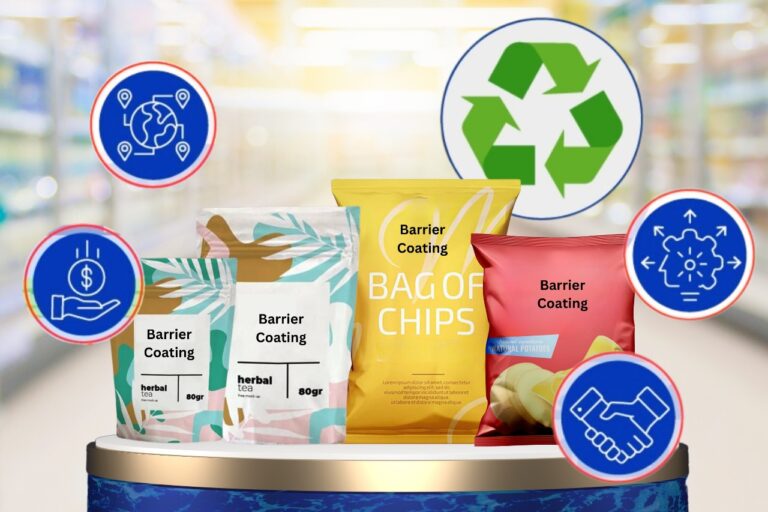The packaging industry is experiencing a significant transformation, driven by technological
advancements, changing consumer preferences and the need for more sustainable
solutions. One of the most notable trends is the shift from traditional rotogravure printing to
digital printing. This transition is reshaping the landscape of packaging, offering new
opportunities and addressing long-standing challenges. Today we will analyze current
market trends and the growing adoption of digital printing in the packaging industry.
The Traditional Dominance of Rotogravure Printing
For decades, rotogravure printing has been the go-to method for high-volume packaging
production. Known for its excellent print quality, consistency and ability to handle large runs,
rotogravure has been favored by many in the industry. The process involves engraving
images onto a cylinder, which is then used to transfer ink onto the substrate. While this
method excels in producing high-quality detailed images, it also comes with several
drawbacks:
● High Setup Costs: Rotogravure printing requires significant upfront investment in
cylinders and setup, making it less cost-effective for shorter runs.
● Longer Lead Times: The preparation of cylinders and the setup process can lead to
longer lead times, which is not ideal in a fast-paced market.
● Limited Flexibility: Changes to designs or customization options are limited and
often expensive with rotogravure.
The Rise of Digital Printing in Packaging
Digital printing, on the other hand, has been gaining importance due to its numerous
advantages over traditional methods. Unlike rotogravure, digital printing does not require
physical plates or cylinders, allowing for greater flexibility and efficiency. Here are some key
factors driving the shift towards digital printing:
1. Cost-Effectiveness for Short Runs:
○ Digital printing eliminates the need for expensive setup processes, making it
more cost-effective for small to medium-sized print runs. This is particularly
beneficial for brands looking to produce limited edition or seasonal packaging.
2. Faster Turnaround Times:
○ With minimal setup required, digital printing significantly reduces lead times.
Brands can respond quickly to market demands and launch new products
faster.
3. Customization and Personalization:
○ Digital printing enables easy customization and personalization, catering to
the growing consumer demand for unique and personalized products. Brands
can create targeted marketing campaigns with variable data printing, offering
a personalized experience to customers.
4. Sustainability:
○ The digital printing process is more environmentally friendly, producing less
waste and using fewer resources compared to traditional methods. As
sustainability becomes a key consideration for consumers and brands alike,
digital printing’s eco-friendly nature is a significant advantage.
5. High-Quality Output:
○ Advances in digital printing technology have closed the gap in print quality
between digital and traditional methods. Modern digital presses can produce
high-resolution, vibrant images that meet the demanding standards of the
packaging industry.
Market Trends Driving the Adoption of Digital Printing
The shift from rotogravure to digital printing is supported by several market trends and
technological advancements:
1. E-commerce Boom:
○ The rapid growth of e-commerce has increased the demand for flexible,
on-demand packaging solutions. Digital printing allows brands to quickly
adapt to changing market needs and offer customized packaging for online
sales.
2. Shorter Product Life Cycles:
○ As product life cycles shorten, brands need to frequently update packaging
designs. Digital printing’s flexibility and quick turnaround make it ideal for this
dynamic environment.
3. Brand Differentiation:
○ In a competitive market, packaging plays a crucial role in brand differentiation.
Digital printing allows brands to experiment with innovative designs, special
effects and personalized messages helping them stand out on the shelves.
4. Technological Advancements:
○ Ongoing advancements in digital printing technology, such as improved ink
formulations and faster printing speeds are enhancing the capabilities and
appeal of digital printing for packaging applications.
The Future of Packaging with Digital Printing
As digital printing continues to evolve, its adoption in the packaging industry is expected to
grow. Brands are increasingly recognizing the benefits of digital printing in terms of cost
savings, flexibility and sustainability. Moreover, the ability to create personalized and visually
appealing packaging is becoming a key factor in capturing consumer attention and driving
sales.
At GreenEdge, we are dedicated to advancing our capabilities by integrating the latest digital
printing technologies into our packaging solutions in the near future. While we are currently
in the planning stages of this integration, our focus on quality and customer satisfaction
ensures we remain at the cutting edge of market trends. This proactive approach guarantees
that our packaging solutions will not only meet but exceed our clients’ expectations.
Conclusion
The packaging industry is undergoing a significant shift from traditional rotogravure printing
to digital printing, driven by the need for cost-effective, flexible and sustainable solutions.
Digital printing offers numerous advantages, including faster turnaround times, easy
customization and high-quality output. As market trends continue to favor digital solutions,
brands that embrace this technology will be better positioned to meet consumer demands
and stay competitive in a rapidly changing landscape.




